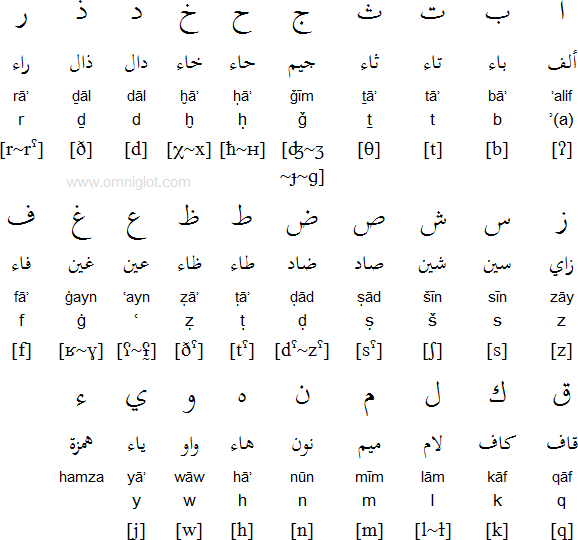As salamu alaykum wa rahmatullah
Brother @
Serenity
1- You know which letter is to be used in writing if you've already seen that word before. And besides that you can recognize it from its sound. There are phonetic charts describing the spelling of each letter.
For example:
Now you can compare these sounds [...] with English ones.
For example:
ه is [h] like the h in English. But
ح is spelled[ħ], which is not found in the English alphabet. So you have the option of comparing it with the sound of another letter you already know by using phonetic symbols, or you learn and memorize it through hearing, which is easier in my opinion.
2- Use of sukoon
Sukoon interupts the sound of the letter, meaning you don't spell any vocal sound on that letter.
It would take much time and require knowledge to list all cases where you have to use a Sukoon, but you'll automatically get used to it by time. Mostly there are definite 'shapes' of conjugation, so you adjust the infinitive (mostly consisting of three letters in Arabic, like
كــــتــــب- Kaaf Taa Baa (Kataba) [to write], to the shape of the grammaical function you want to conjugate. For example you want to conjugate the passive participle (ismu'l maf'uul) of kataba (to write), you will have to use the shape
مَـفْـعـول mafool to conjugate this. So we have
مَـكْـتوب maktoob (the written). You see, the letter kaaf has a sukoon, because the 'shape' we conjugated it into has a sukoon on its second main letter (faa)
Jannah is written as following:
جنة
and Ka'bah:
كعبة
Firstly, last vocals of the sentences -in everyday language it includes many words within the sentence too- are mostly omitted in reading. And besides that, these vocal endings change according to the grammatical case it's used in. For example Accusative ends with an 'a' mostly. And nomintaive ends with an 'u' mostly. I say 'mostly' because there are exceptions

You said 'Jannatul', but that's not a word in itself. It could be for example 'Jannatul Khuld'. But Jannat takes it L from the definite article of another word (Al Khuld), which is the case in Genitive. So the answer of your question is explained by the grammatical case (i.e. Genitive).
Example: Jannatul Khuld
ِجَنَّةُ الْخُلْد The gardens of eternity.
But this is too advanced, as you're just working on the alphabet, I assume. As I said previously, there are certain rules you will learn by time, you don't need to go that much into details at the beginning.
3- Same with the rules on Hamza, there are many writing rules on it. The hamza under the alif means that it's pronounced 'i' instead of 'u' or 'a'. It's applied to indicated that this Alif is spelled. As Alifs are not spelled sometimes. They are called Alifu'l Wasl in that case, meaning 'connecting alif.' for example
في الذين (filladheena) [no translation as these words are just particles outside of an actual sentence] You don't say fee alladheena, you connect both words to filladheena. Sometimes there are small saad's to indicate an Alifu'l Wasl, but only in Quranic scripts. To sum up: Alif with a Hamza= spelled ; Alif without a Hamza= not spelled.
And of course, it's helpful to use a Hamza on an Alif to distinguish between an actual 'a' and a long vowel (aa)
4- The ''crown'' is called ''shadda'', it's used for double consonants. For example: A
llah
الله There is a ''crown'' on the Laam of the word Allah.
******


